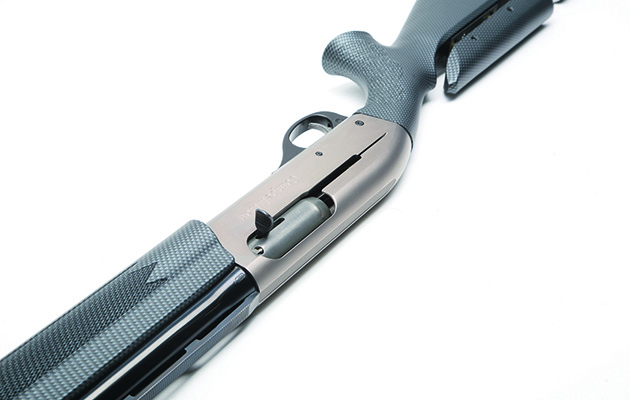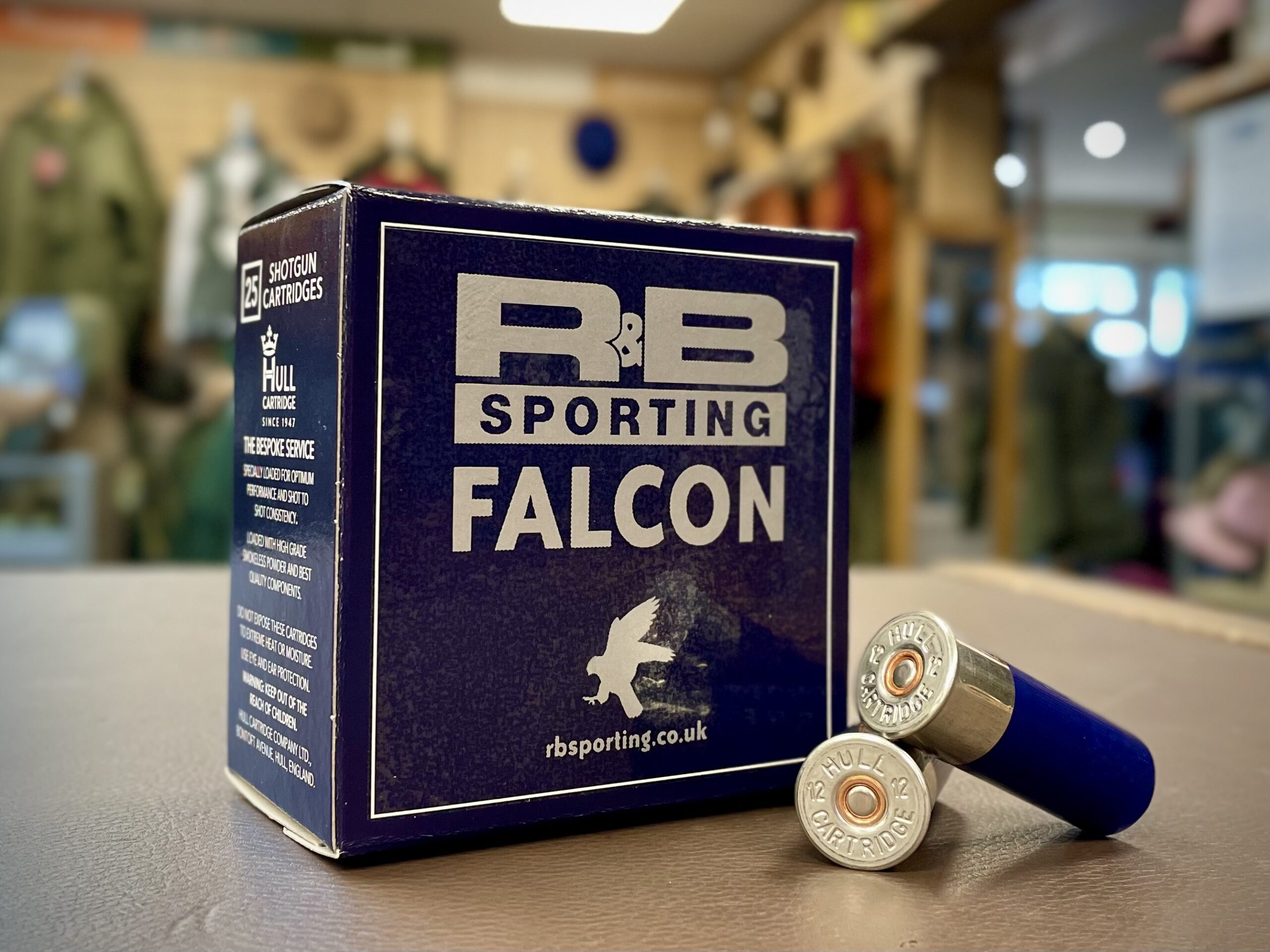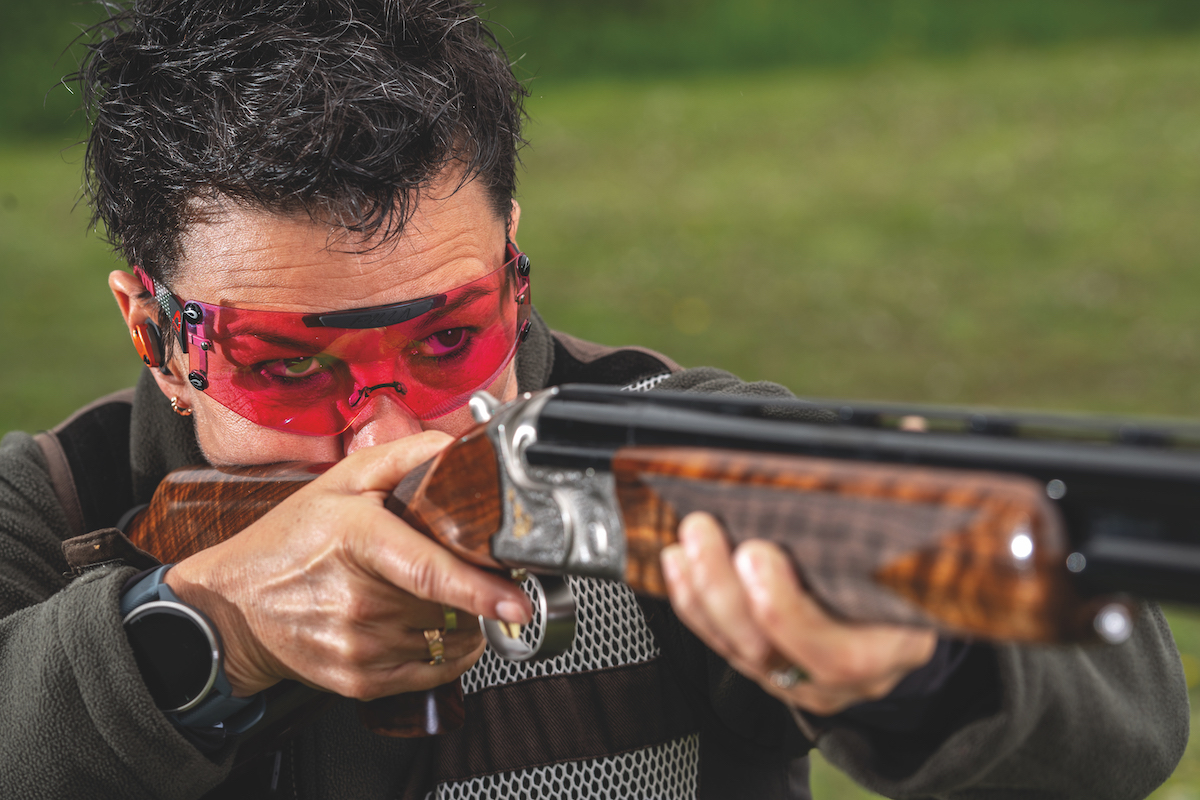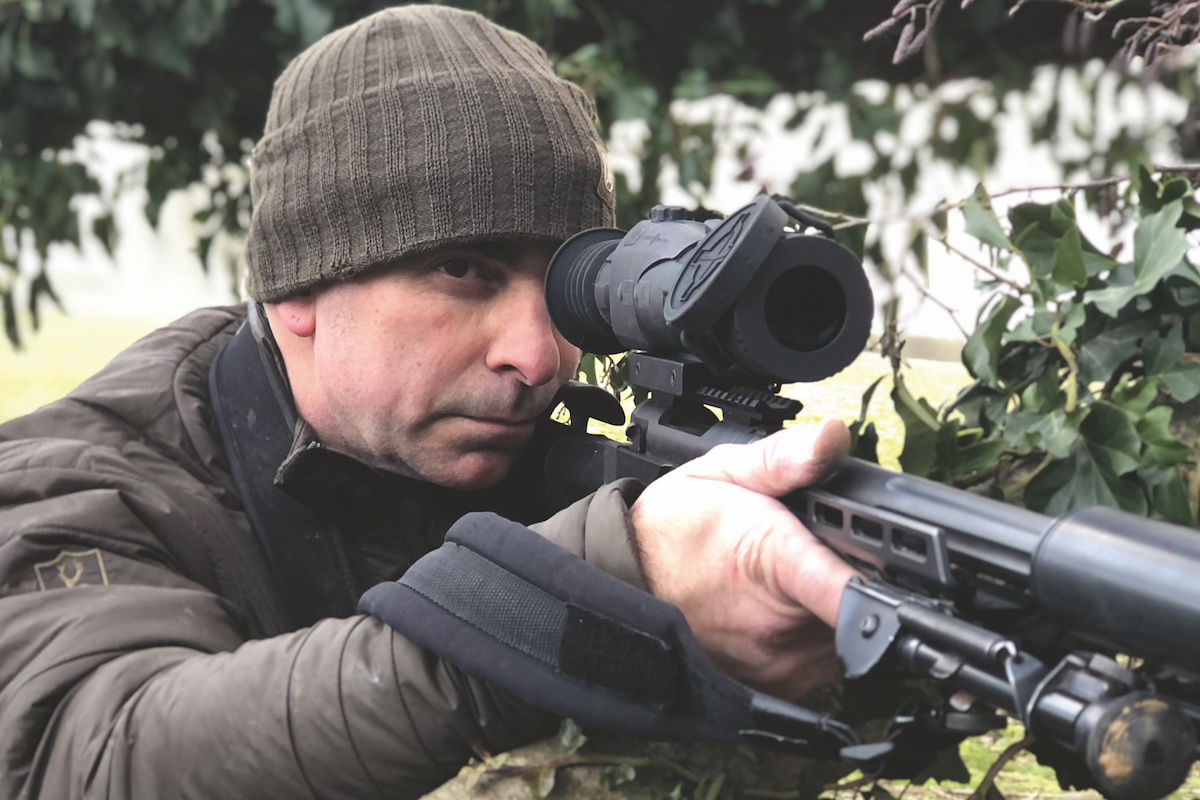Remington 1100 – the best gun I never had
Mike George looks at the Remington 1100 – a gun still respected after 53 years and one that has, for one reason or another, failed to grace his gunroom

The modern 1100's handling lives up to the sandard set 53 years ago
The year 1963 may not seem so long ago, but in truth the world then was rather different to the present day. There was no colour TV, the few computers that existed were laboratory toys, there was no internet or mobile phones, and Britain still had the remains of an empire.
In ’63, however, there were some great innovations still respected now, 53 years later. The Mini Cooper S was starting to win tough rallies against international opposition, the Beatles were recording everlasting hits such as “Glad All Over”, and “I want to Hold Your Hand” and in the USA a new shotgun, which was destined to be a worldwide winner, was introduced.
New standard
It was the Remington 1100, which set a new standard for semi-automatic shotguns. It wasn’t that there was anything much new about the basic concept of a gas-fed auto – it was just that Remington got its new design spot-on. It had the best handling of any semi-auto on the market and its fans maintain it still does. Yes, with a few tweaks over the years, the gun is still in production. In some respects critics maintain the gun wasn’t quite perfect, although over the years the few faults have been ironed out. For instance, for years the gun was a bit fussy about the ammunition you fed it. It needed a reasonably powerful cartridge with a well-formed case rim, but that wasn’t too much of a problem because competitions were shot with 11/8.oz (32g) loads.
“The Remington 1100 set a new standard for semi-autos”
Then there was the issue of rather fragile extractor claws and bolt followers, but the gun handled so well that its fans didn’t care. Like most American guns, you could strip a Remington 1100 with simple tools and some clay shooters carried the simple spares required. The design for the gun had come off the drawing board of Remington’s Wayne E. Leek, assisted by fellow technicians James Martin, Charles Morse, Clark Workman and R.P. Kelly. The first guns were 12-bores, but 16-bores came out in 1964 (the year the Remington 1100 was introduced to Britain), and 20-bores and .410s in 1969.
Question of proof
Some early guns came into Britain via Germany and therefore bore German proof marks because there is no gun barrel proof legislation in the USA. Later, Remington started a long association with the Hull Cartridge Company and guns then, as now, were subject to Birmingham proof. There were, and maybe still are, a few guns in circulation with no proof marks at all. These had been brought into the country by American servicemen and sold, in all innocence of the law, to British friends.
Current UK importers are Sportsmarketing, and the full range of all Remingtons can be accessed at www.sportsmk.co.uk.
Over the years the Remington 1100 has appeared in many guises far too numerous to list here, but including guns for trap, skeet, Sporting and field use, as well as guns in different grades and the commemorative issues beloved of American gun makers.
Personal experience
How come I have never owned one? Well I came close to ordering one but in 1988 Remington’s 11-87 model, which was rumoured would replace the 1100, was introduced to the UK. I bought one, used it for one goose-shooting trip to Scotland, tried it briefly with a skeet barrel and sold it soon afterwards. It was disappointing. Early 11-87s lacked the 1100’s legendary handling. The barrel, in particular, was bulky and overweight and this made the gun’s swing ponderous by comparison. I always thought this was due to fears about the pressured generated by steel shot. Whatever the reason, Remington soon put matters right and introduced a lighter barrel, but it was too late for me.
In fact, the 11-87 never did take over from the 1100. Twelve-bore models of the Remington 1100 were not available for a short time, but Remington had the good sense to realise the 11-87 never would have the older model’s charisma.
A typical modern 1100 is the model illustrated – the synthetic-stock Sporter, which is also available with traditional woodwork. At 8lb-plus it’s a bit heavy for a Sporter, but its handling lives up to the standard set by Wayne Leek and his colleagues more than half a century ago. And that, to me, makes the gun a classic.








